1. Madam C.J. Walker: The First Self-Made Female Millionaire in America
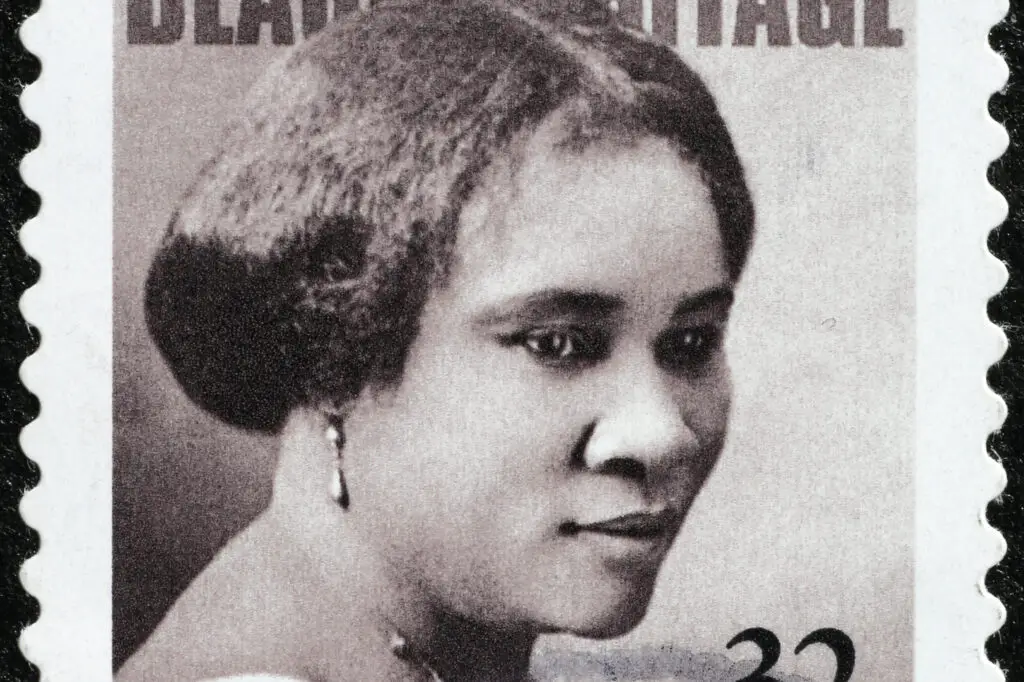
Madam C.J. Walker was more than just a beauty mogul—she was a trailblazer for African American entrepreneurship. Born in 1867 to parents who were former slaves, Walker’s life was anything but easy. She began as a laundress, but she didn’t let that define her future. After suffering from scalp issues, she created a hair care formula that she believed could help other Black women with similar problems. Her business quickly grew, and by the time of her death in 1919, she was one of the wealthiest women in the United States. Walker didn’t just make money—she used her success to elevate others. She employed hundreds of Black women, offering them jobs and financial independence at a time when opportunities were limited for Black people, especially women. She was also a philanthropist, giving generously to Black schools, churches, and the NAACP. Today, Madam C.J. Walker’s legacy continues through the Walker Theatre in Indianapolis, which bears her name, and through the empowerment of countless women she inspired to break barriers says Street Sense Media.
Her influence went far beyond just business. She became a vocal advocate for social change and a prominent figure in the civil rights movement. Walker used her wealth to support the causes she believed in, including scholarships for African American students. She also used her platform to challenge the beauty standards of her time, advocating for Black women to embrace their natural hair and beauty. Her innovative approach to marketing and branding set the stage for future generations of entrepreneurs, especially in the beauty industry. Yet, despite her incredible success, Walker faced resistance from the mainstream society that didn’t want to see Black women succeed. Her journey wasn’t easy, but her determination to succeed against the odds is a testament to her resilience. She wasn’t just creating products—she was creating an entire movement that uplifted people who had been marginalized for far too long. The Madam C.J. Walker brand lives on today, not just as a company, but as a symbol of empowerment and success.
2. Bayard Rustin: The Architect of the Civil Rights Movement
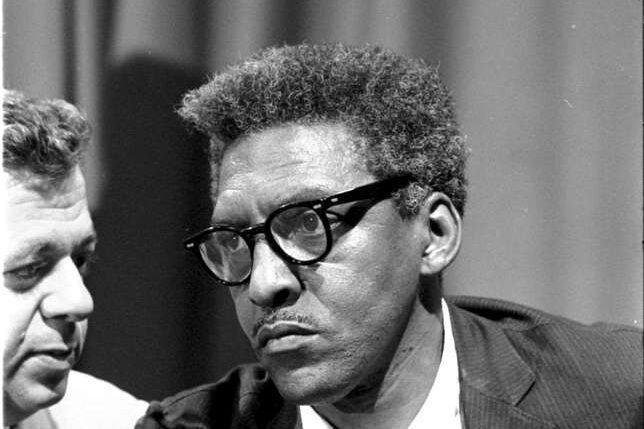
You might know Dr. Martin Luther King Jr. for his leadership during the Civil Rights Movement, but did you know that Bayard Rustin was the man behind much of the strategy? Rustin, an openly gay Black man, worked behind the scenes to organize some of the most significant events in the movement, including the 1963 March on Washington. Though his sexuality often put him at odds with other leaders of the time, Rustin’s tactical genius in organizing and nonviolent protest strategy made him an invaluable asset. He worked tirelessly to coordinate logistics, secure funding, and craft the messages that resonated with so many Americans. He was also a vocal advocate for human rights on an international scale, pushing for nuclear disarmament and fighting for the rights of workers, women, and LGBTQ+ individuals. Rustin’s combination of political strategy and social justice work made him a key figure, yet his contributions are often overlooked. For years, he operated from the shadows, with many of his accomplishments overshadowed by others in the movement explains Milford Mirror.
Rustin’s work extended beyond the Civil Rights Movement into global activism, particularly during the Cold War era. He was a major advocate for peace, focusing on the interconnectedness of social justice and international diplomacy. Even though his sexual identity made him a target for discrimination within the movement, Rustin’s courage and unwavering commitment to justice cemented his role as one of the most pivotal activists of his time. He became a vital advisor to King, helping shape the philosophy of nonviolent resistance that became synonymous with the Civil Rights Movement. Rustin’s courage to remain true to himself, despite the risks of being ostracized by both his own community and society at large, remains an important lesson today. His work continues to inspire those fighting for equality in various forms, from racial justice to LGBTQ+ rights, proving that his legacy is as relevant now as it was in his lifetime.
3. Shirley Chisholm: The First Black Woman in Congress
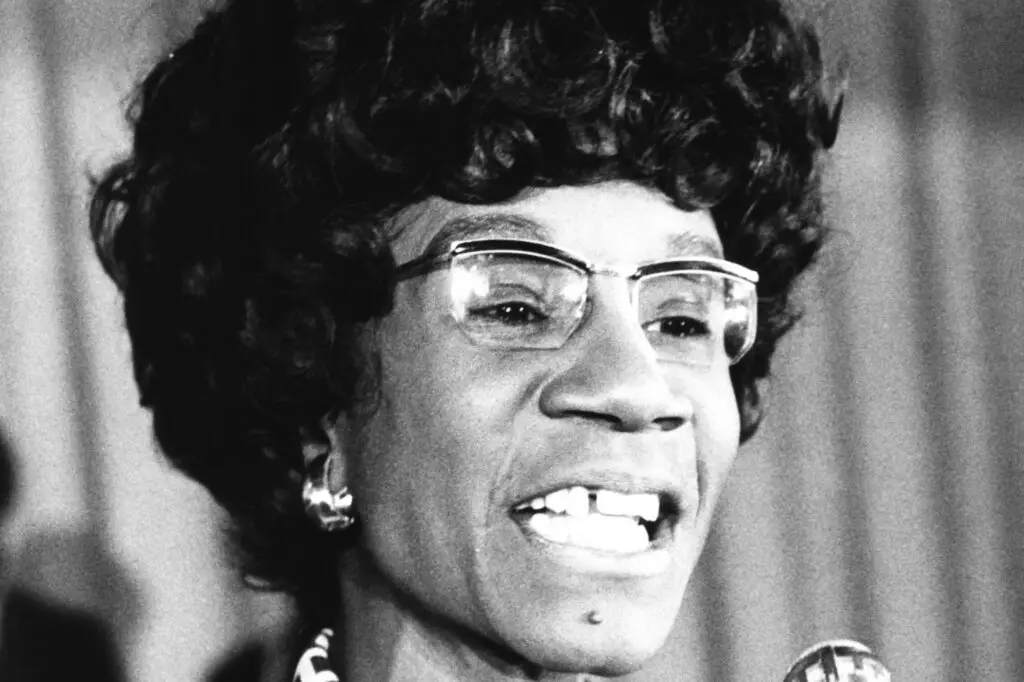
Shirley Chisholm’s groundbreaking journey into politics changed the course of American history. In 1968, Chisholm made history as the first Black woman elected to the U.S. Congress. Representing New York’s 12th Congressional District, she wasn’t just a trailblazer for Black Americans—she was a champion for marginalized communities everywhere. Known for her fiery speeches and her unapologetic stance on issues like civil rights, gender equality, and social justice, Chisholm was a force to be reckoned with. But her legacy isn’t only about breaking barriers; it’s about what she did once she was in office. Chisholm used her position to advocate for the poor, women, and people of color, fighting against the racial and gender discrimination that plagued the political system. She co-founded the Congressional Black Caucus and was an outspoken critic of the Vietnam War, calling for a reevaluation of U.S. foreign policy says the Museum for the City of New York.
But Chisholm didn’t stop there. In 1972, she ran for president, becoming the first Black woman to seek the Democratic nomination. Her campaign slogan, “Unbought and Unbossed,” encapsulated her refusal to be controlled by party elites or special interests. Though she didn’t win, her candidacy paved the way for future generations of women and people of color to enter the political arena. Her work laid the groundwork for the rise of Black women in politics, and her unapologetic approach to politics remains a beacon for those looking to challenge the status quo. Chisholm’s boldness didn’t just inspire those who came after her in politics, but also countless people who saw a woman of color fearlessly break barriers and fight for what she believed was right. Her legacy is a testament to the power of perseverance, vision, and resilience in the face of adversity.
4. Claudette Colvin: The Teen Who Refused to Give Up Her Seat
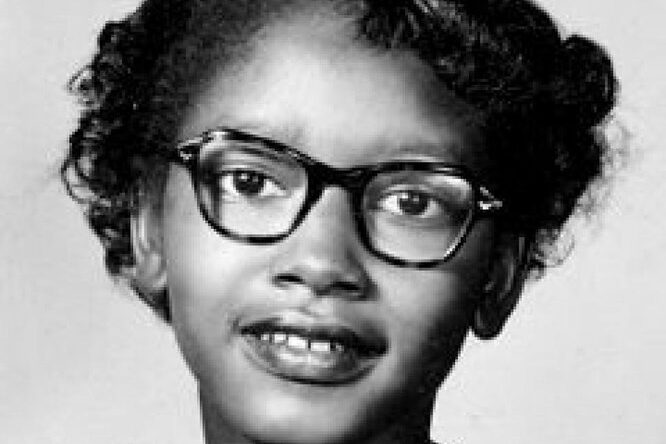
Before Rosa Parks became the icon of the Montgomery Bus Boycott, there was Claudette Colvin—a 15-year-old who made the same bold stand. On March 2, 1955, Colvin was arrested for refusing to give up her seat to a white person on a segregated bus in Montgomery, Alabama, nine months before Parks made her historic stand. Yet, Colvin’s story was largely overshadowed because she was a young, unmarried, and pregnant Black teenager, and many felt she didn’t fit the idealized image of a civil rights martyr. Despite being one of the first to challenge the segregated bus system, Colvin’s courageous act was brushed aside by mainstream media in favor of the more “respectable” Rosa Parks. However, Colvin’s role in the boycott cannot be underestimated. She was a trailblazer who helped set the stage for the successful movement that would follow explains MSN.
Colvin’s refusal to give up her seat was a pivotal moment in the Civil Rights Movement, and it was instrumental in the eventual Supreme Court case that led to the desegregation of Montgomery’s buses. Colvin’s bravery, though overlooked at the time, was crucial to breaking the chains of racial oppression. Years later, Colvin would speak out about her experience, expressing frustration that she was not given the recognition she deserved. Despite the fact that history has often overlooked her role, Colvin remains a significant figure whose actions were a catalyst for change. The way Colvin’s story has been silenced shows how society tends to erase the contributions of young Black women who don’t fit into the acceptable narratives. Yet, her quiet rebellion helped shape the future of civil rights in America, and her story is finally being given the attention it deserves today.
5. Dr. Charles Drew: The Father of the Blood Bank
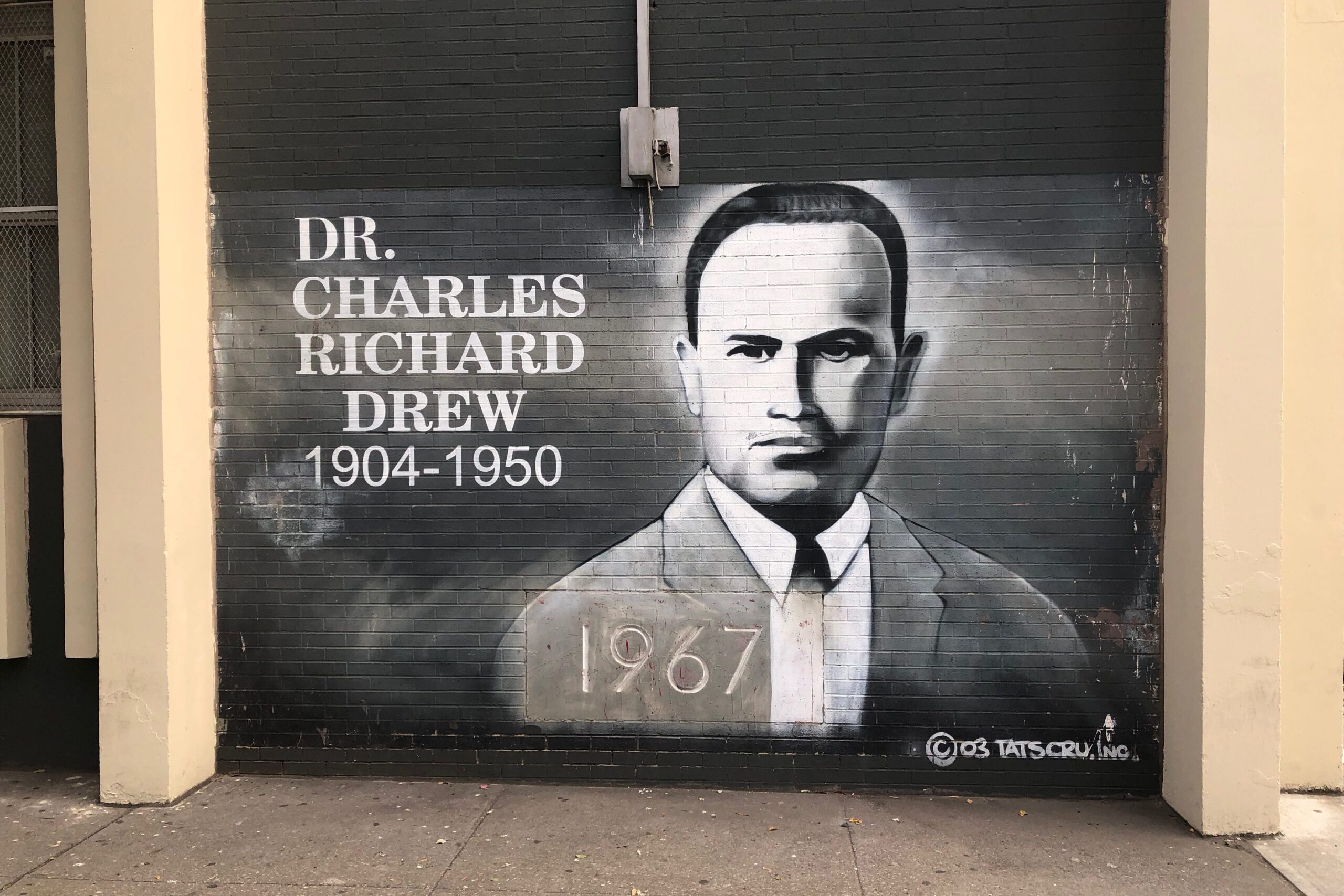
Dr. Charles Drew’s pioneering work in the field of medicine saved countless lives and changed the way blood is used in medical treatment. As a young physician and researcher, Drew developed innovative techniques for the preservation and storage of blood, ultimately creating the blueprint for modern blood banks. His discovery of how to separate plasma from whole blood revolutionized medical practices and allowed blood to be stored for longer periods, which was especially vital during World War II. Despite facing racial discrimination, Drew’s medical genius earned him the respect of his peers. His work not only saved soldiers’ lives during the war, but it also laid the foundation for blood donation systems used across the world adds Blackpast. Drew’s contributions are even more remarkable when you consider the challenges he faced as a Black man in a field dominated by white professionals.
However, Drew’s legacy is often overlooked, in part because he died young in 1950 after a tragic car accident. Despite his achievements, Drew faced challenges in securing funding for his work because of his race, and at times, he was excluded from professional organizations. Still, his determination and groundbreaking research led to advancements that are still in use today. In addition to his work in blood transfusions, Drew also contributed to the establishment of the first large-scale blood plasma programs. His work is a reminder that scientific breakthroughs often come from people who are not given the credit they deserve. Drew’s legacy is now celebrated, with numerous medical institutions and awards named in his honor, ensuring that his contributions to the world of medicine and humanity will never be forgotten. His work not only advanced the medical field but also challenged racial boundaries, leaving a legacy that continues to inspire generations of scientists and medical professionals.
